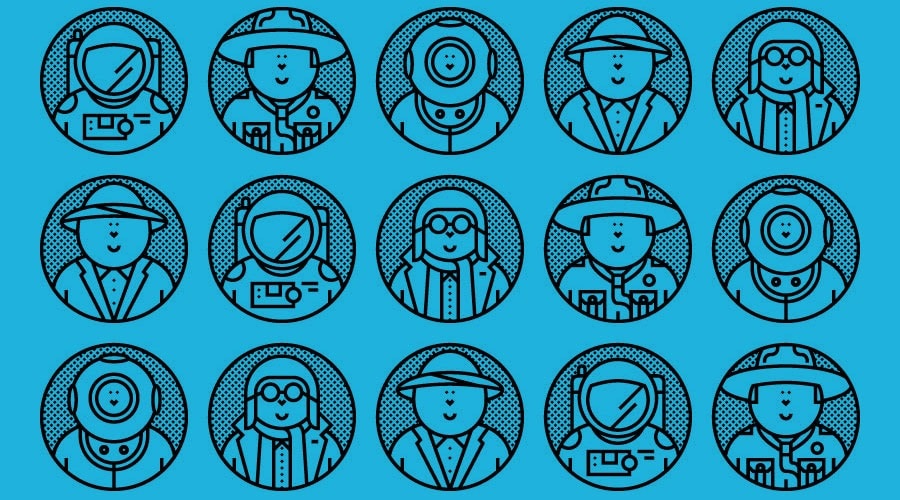This year might have had its dark times, but there are many reasons to get excited. From the Faroe Islands to Patagonia, 2016 has seen the Atlas travel far and wide to bring you projects that democratise the future.

Just some of the hundreds of projects mapped this year
Thanks to your suggestions and innovations, over the last six months we’ve explored sex hacks and exposed fast fashion; shone a light on projects bringing light to those without; welcomed a flexible future with bio-inspired robots; profiled people fighting discrimination with data; city-hopped with a chief architect; circumnavigated a NASA shuttle; interviewed a human volcano; entered the world of the wonderful Wizard of Minecraft; mapped peace tech and hosted the first AtlasEvent in Barcelona.
Then we asked our FutureHeroes, project leaders, writers and one superstar DJ (because why not?) to name their favourite projects. These are your top 17. Warning: one quotes Star Trek and another replies only in cheese gags.
17. Gallinazo Avisa (Vultures Warn), Peru
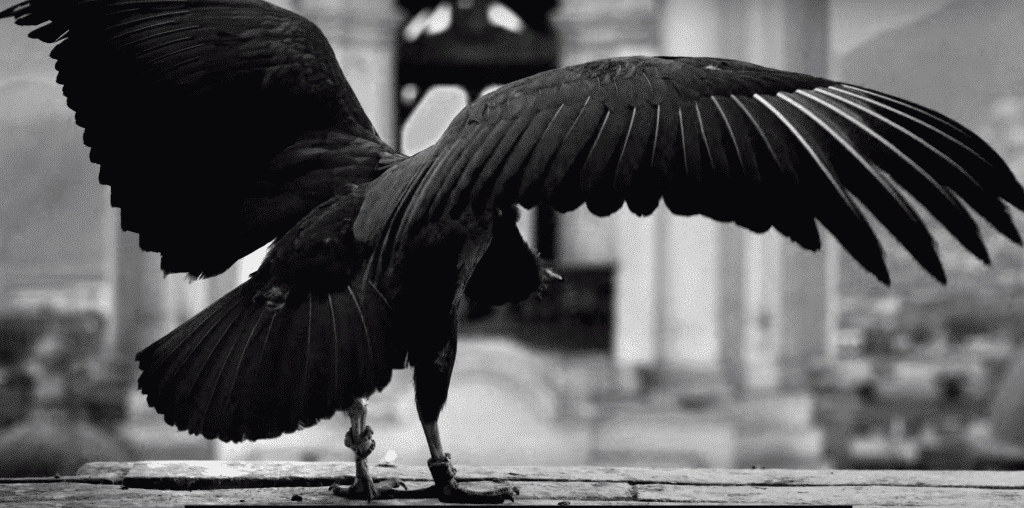
Dark superheroes of the sky
We’ve always known birds are rock and roll (after all, they can fly), but now the misunderstood kings of the sky are cyborgs. If you look up to the smog-filled skies in Lima you’ll see vultures with GoPro cameras strapped to their backs. The ‘harbingers of death’ are catching illegal fly tippers in the Peruvian capital.
Why you love it
Matthew Duffield, writer: “Vultures Warn is a fantastic project because it shows how humans can harness the forces of nature in a mutually beneficial relationship. Cheap, effective and engaging, and some good press for vultures, for a change.”
16. unMonastery, Greece
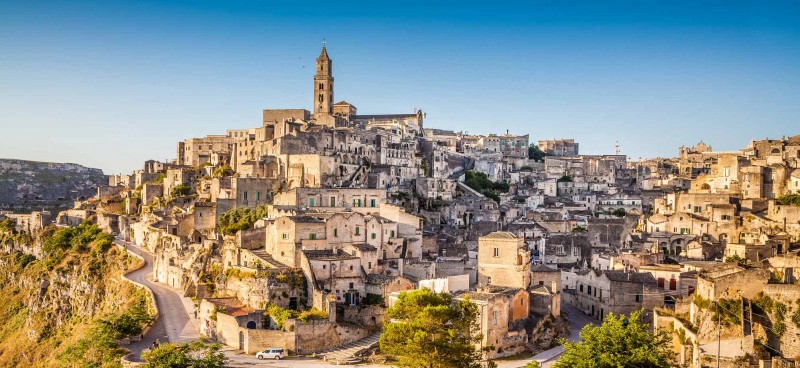
Hackers transform an ancient city into a prototype for the future
2016 has seen the rise of the ‘digital nomad’ as more people harness tech to live and work location-independently. Part of that movement, this social clinic for the future re-imagines the model of a monastery, with ‘unMonks’ substituting prayer and scripture for the Internet and Raspberry Pis.
Why you love it
Lorna Lynch, Raspberry Pi: “A huge part of our mission at Raspberry Pi is to widen access to computing. We were delighted to read about the work being done by unMonastery, a social enterprise which developed in response to severe problems of unemployment and deprivation in Europe after the recent economic crisis. We are very proud that Pis are an integral part of their mission, and all of their resources are open source and free to use and that our tiny computer can make a real difference in the lives of so many people.”
15. Turning Tables, United States
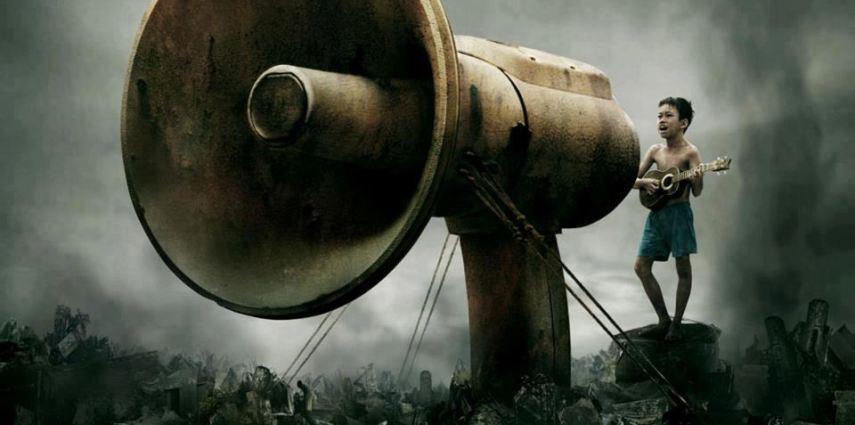
Rapping about rights
Turning Tables sees marginalised young people from different backgrounds gather around turntables to find their voices – via a mic. At the heart is Martin Fernando Jakobsen, a young DJ from Denmark. From refugee camps in Lebanon to divided Myanmar and the urban slums of Africa, groups are rapping about human rights and making hip hop on good governance.
Why you love it
DJ Yoda: “Turning Tables is right up my street! So amazing to see an organisation working to enable people in difficult circumstances empower themselves through art, music and media. This seems to me a much less patronising and more socially effective way to help people than you normally see.”
14. Pathways for Promise, Bangladesh

Beyond the factory floor
Every woman deserves respect, whether she sews shirts 12 hours a day or attends university or works in a bank. Pathways for Promise identifies talented women from among Bangladeshi garment factory workers and gives them full scholarships to earn Bachelor’s degrees.
Why you love it
Cathy Runciman, Co-founder, Atlas of the Future: “I love Pathways to Promise. It was mapped by Fashion Revolution in their AtlasChart Top 5. It’s an initiative that has the garment factory owners in Bangladesh continue to pay the wages of their women employees, while those workers receive a free university education. There are so many positive outcomes to this project.”
13. MicroTugs, United States
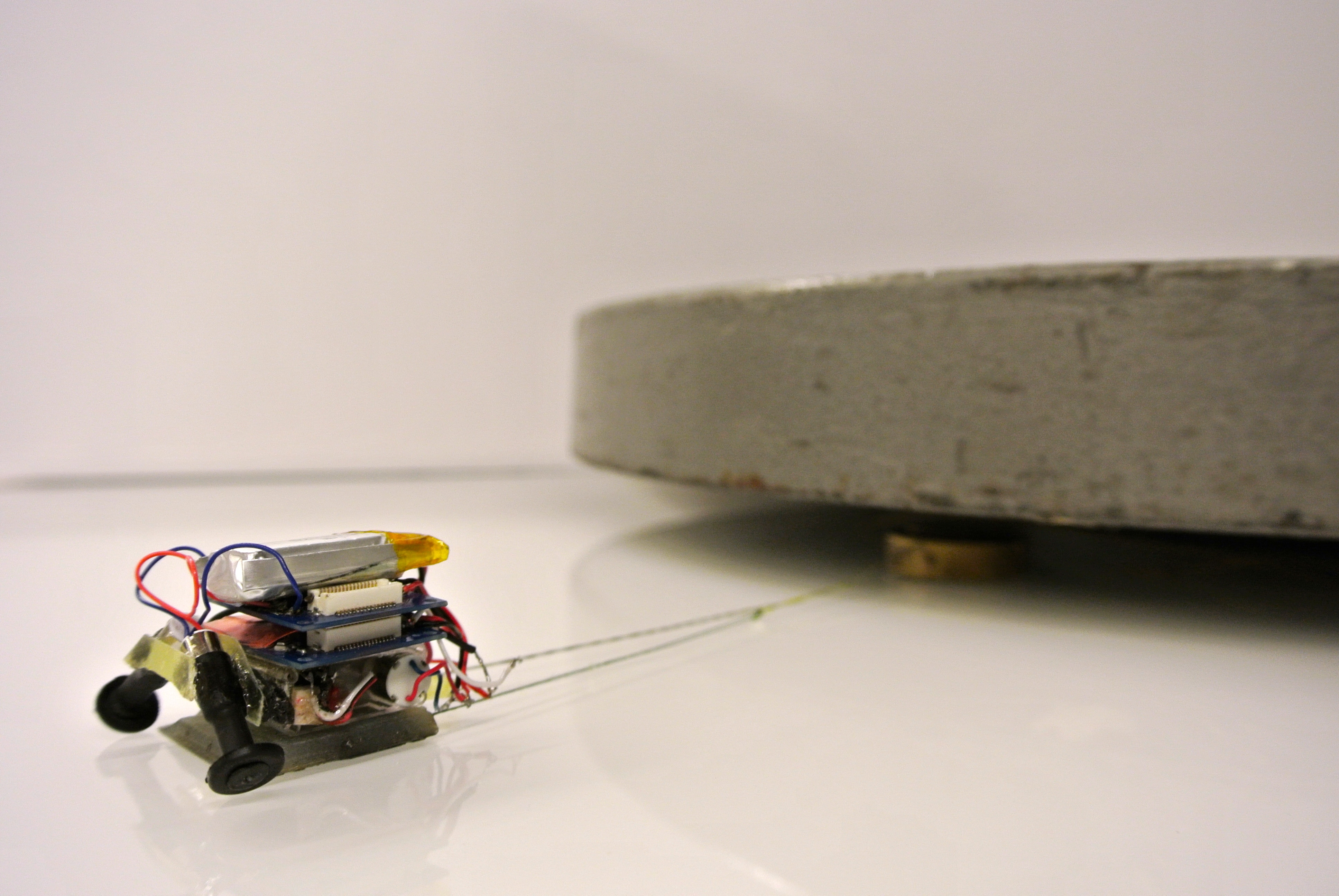
Robot geckos use the force
MicroTugs miniature robots have been compared to ants, tugboats and even Spider-Man, but these mini robots are more like geckos. Imagine climbing a skyscraper while carrying an elephant, or dragging a blue whale around on land. That’s what these guys can do.
Why you love it
Dave Levin, Refugee Open Ware: “I love the MicroTugs because I am fascinated by the possibilities of biomimicry and advanced materials. I’m also very interested in what this material can do for prosthetic devices.”
12. Growing Underground, United Kingdom

Tunnel visionaries
Most of the vegetables we eat start life underground, but pop up into the sunshine to complete the process. Using the latest technology, Growing Underground is a pristine, pesticide-free farm that occupies tunnels under London, which served as bomb-shelters during World War II.
Why you love it
Ed Gillespie, Futerra Sustainability Communications: “The tunnel visionaries at Growing Underground are both pioneering innovative subterranean agriculture and asking big provocative questions about urban food cultivation – can we feed cities from within cities? At Futerra we love their commitment and courage in boldly farming where no one has farmed before. (With apologies to Gene Rodenberry).”
11. The Pilot, United States
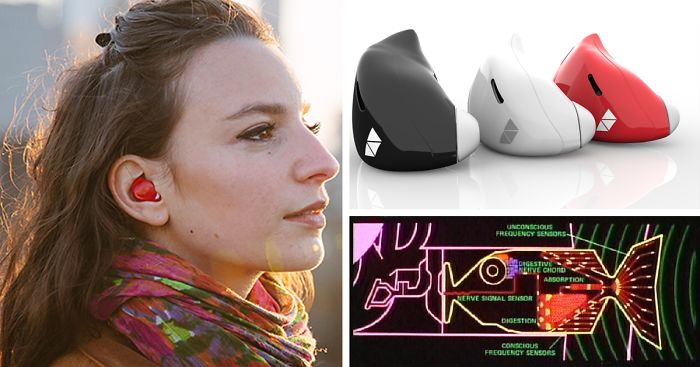
The real life ‘Babel Fish’ in your ear
This is your typical story of boy meets girl. (Well… American boy meets French girl, boy can’t speak French to girl, boy creates some tech that enables to do so.) The Pilot is a set of in-ear translators that let people who speak different languages understand each other in real-time.
Why you love it
Martin Fernando Jakobsen, Turning Tables: “I deal with breaking down barriers and borders with creative communication in order for people to recognise each other as being people, so this idea about resetting the damage done by the Tower of Babylon has staggering potential.”
10. Chicken Town, United Kingdom

Finger lickin’ chicken with a conscience
Chicken Town have come up with a recipe to reduce obesity in schoolchildren by offering an alternative to the junk food typical of London’s cheap-as-chips fast food chicken joints. The capital city’s first socially conscious chicken shop is not just about better grub, but urban transformation.
Why you love it
Tom Tobia, Co-founder, Makerversity: “Chicken Town exemplifies an increasingly rare approach to tackling systemic issues – a low-fi, hands-on and human-scale attempt to solve a problem to improve things without ‘disrupting the system’. No superfoods here, no apps telling young people not to eat unhealthy food. No fancy tech or quasi-governmental bods talking about ‘deprived communities’, just giving young people who like fried chicken what they want, but without the saturated fat.”
9. Smog Free Tower, Netherlands

Giant vacuum sucks filthy air
Artist Daan Roosegaarde has designed the world’s largest vacuum cleaner in Rotterdam. The smog tower sucks pollutants out of dirty cities and returns breathable air. Beat that, Dyson.
Why you love it
Ronald Ligtenberg, Sencity: “Daan is using technology and art to create awareness. His tower is not just a beautiful solution for a huge problem, it is also an object that ignites a buzz. It makes people aware that something is happening – which requires urgent action. It makes sustainability fun, attractive, interesting, hip, artistic, sexy, fascinating and many other things.”
8. Valbio, France

Green cheese power
Cheeseboard fans can turn their noses up at this fromage fact: France’s favourite food spawns a waste disposal issue.The idea of transforming organic dairy waste into biogas is not a novel one, but Valbio is certainly the cheesiest.
Why you love it
Dorothy Ng, Futures Centre: “As a cheese-lovin vegetarian who’s recently watched Cowspiracy on the environmental impacts of dairy, I’m grate-ful for Valbio’s innovation to generate electricity from cheese. That makes the experience of cheese tasting ‘whey’ lighter and Beaufortful.”
We camembert it.
7. GravityLight, United Kingdom
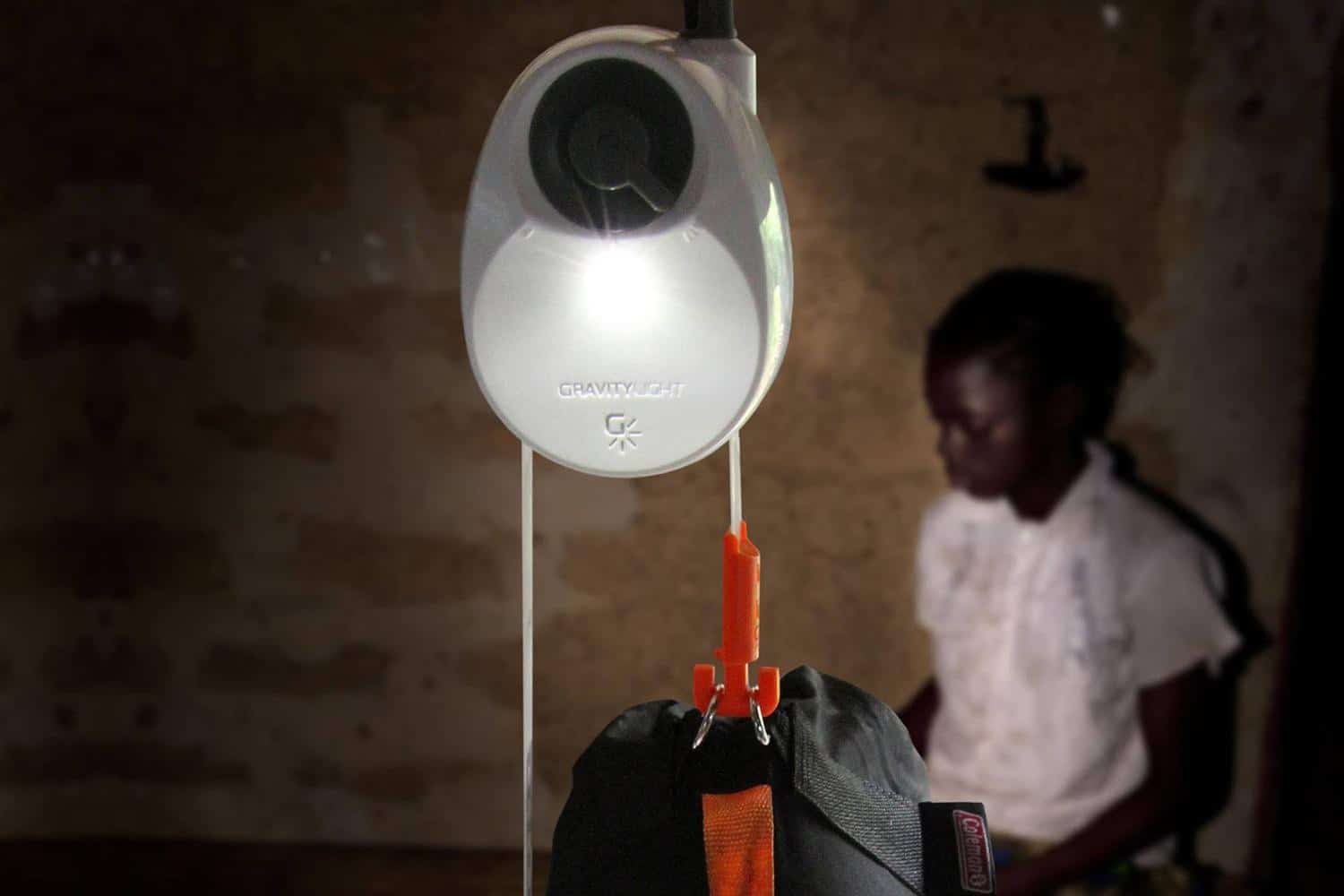
The weight of light
GravityLight is providing an alternative to kerosene and solar-powered lamps to illuminate sub-Saharan Africa. Designed for people with no access to mains electricity, the lamp generates enough energy for half an hour of light when holding weight for just a few seconds. It turns out using weight and gravity can be cheaper than harnessing the power of the sun.
Why you love it
Marley Dias, #1000blackgirlbooks: “This system of using renewable energy to create light for students to read is really cool. Schools are getting simple things they need like books, chairs and classrooms, but there at the same time they might not have power or water – so we leave people behind in the chain as they still need full resources to get a good education. I’ve never had that struggle, but reading this I feel like I’m getting a new perspective. This article made me more informed and made it easier to understand how basic things go a longer way that you think they do.”
6. Exo-Glove Poly Glove, South Korea
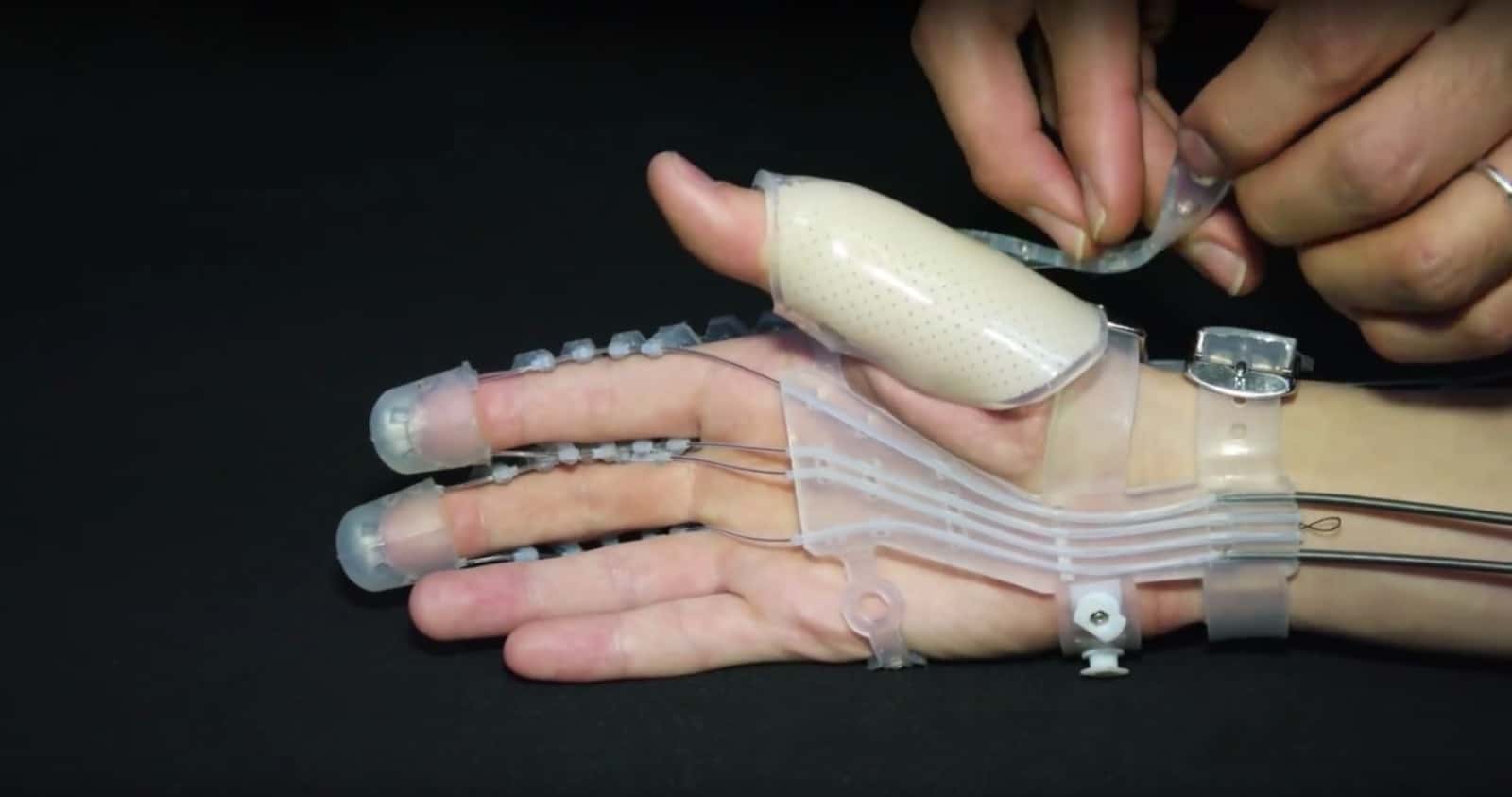
Rubber glove opens doors
Tasks such as opening doors are a part of everyday life for most people. Exo-Glove Poly is a soft wearable robot that enables people with disability to grasp various objects, opening doors to a more independent life.
Why you love it
David Christensen, MicroTugs: “The exo-glove poly is really exciting for me. It’s terrific to see soft robotics and orthotics advance enough to actually help people in their daily lives in an unobtrusive way.”
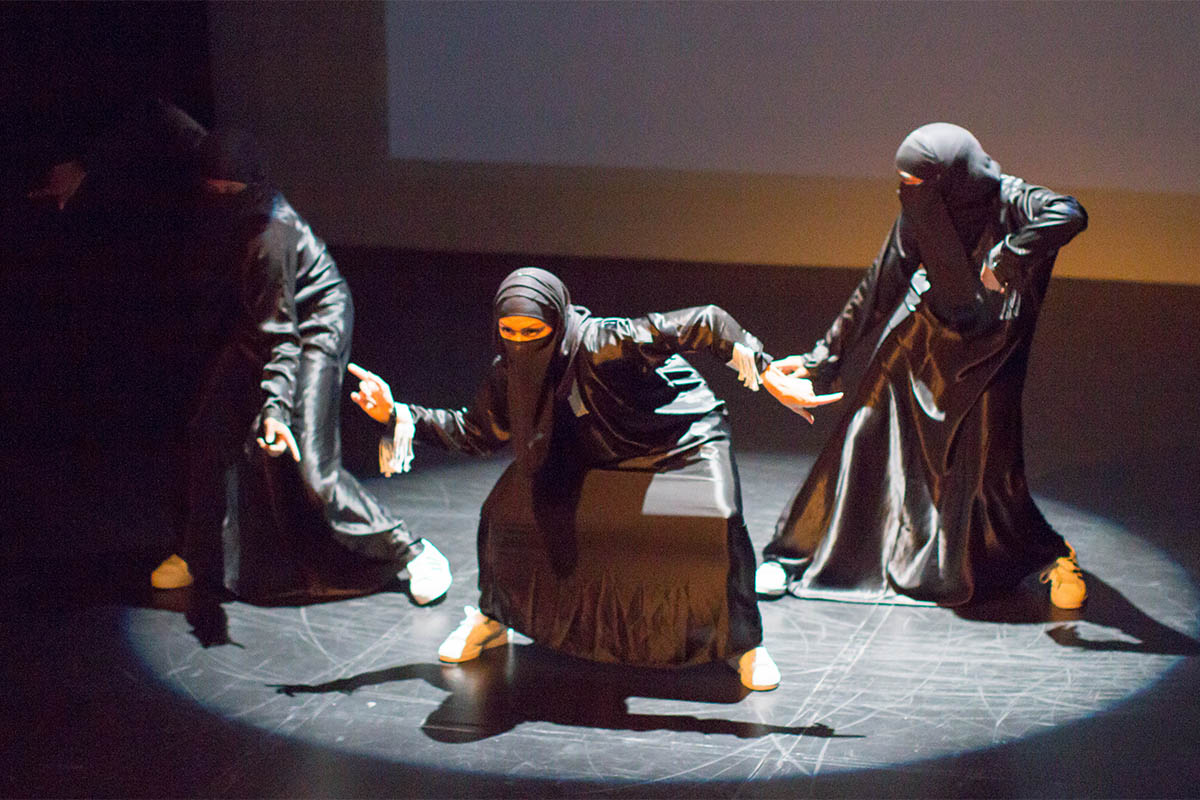
Hip hop hijabis
Amirah Sackett is break(dancing) stereotypes by using hip hop to promote religious tolerance with her female Muslim dance group, We’re Muslim Don’t Panic. The choreographer, make-up artist – and prancing and practising Muslim – pops and locks to address misconceptions.
Why you love it
FutureHero Peter Crnokrak, 3D computational artist and ‘Data-friendly Elvis’: “Anything that bridges the gap between cultures indoctrinated on suspicion and mistrust is to be commended – doing so with such clever aplomb and disarming humour, doubly so.”
4. Robotic stingray, United States
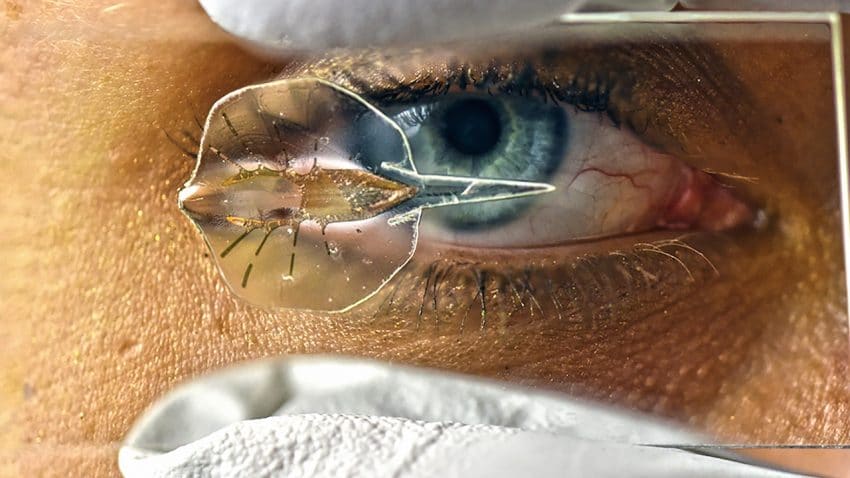
Stingray robot made from rat
The robo-beasts are coming and they’re part-animal, part-machine and all-awesome. In the words of the people behind this robot, this might be “the coolest thing you’ll see all year.” It’s a stingray robot made from rat that helps us understand the heart. Of course.

Why you love it
Javier Fadul, Vizualised and Culture Pilot: “The biorobotic stingray is an indicator of a whole new species of designer lifeforms that will be increasingly advanced in the near future. The convergence between biotechnology, artificial intelligence and robotics is going to create truly innovative technologies. When bio-printers are available at libraries and homes, instead of just at your local bio-hacker space, Pokémon GO could be an interface to design your own little biorobot pets with different behaviours and features. (Perhaps biopets that can groom us, instead of the other way around?)”
3. Solar Impulse, Switzerland

Around the world on sunrays
Welcome to the Solar Age. This July Solar Impulse just made history by completing a full circle around the world – without fuel. Whatever next?… Solar drones, apparently. Coming to a stratosphere near you soon.
Why you love it
John Elkington, Co-founder, Volans: “The round-the-planet odyssey of Solar Impulse 2 heralds the dawn both of the Solar Age and of a world in which all industries learn to radically shrink their environmental footprints. I write this from Johannesburg, with South Africa still deep in the travails of black empowerment and ‘uplift’. In the same way that Nelson Mandela came to symbolise new possibilities, so Bertrand Piccard and André Borschberg herald an era of global uplift, driven by new forms of energy and by the sort of ambition that took the last century to the Moon – and will take the twenty-first century back to where it all started, Earth.”
Abe Cambridge, The Sun Exchange: “Not more than a century ago, the Wright Bros. defied the impossible and flew a heavier than air vehicle. In present day there are more than a million people in aeroplanes at any one time… a fossil fuel powered city in the sky. Meanwhile, back on terra firma we are building solar powered cities. Solar Impulse is taking this revolution to whole new heights.”
2. Precious Plastic, Netherlands
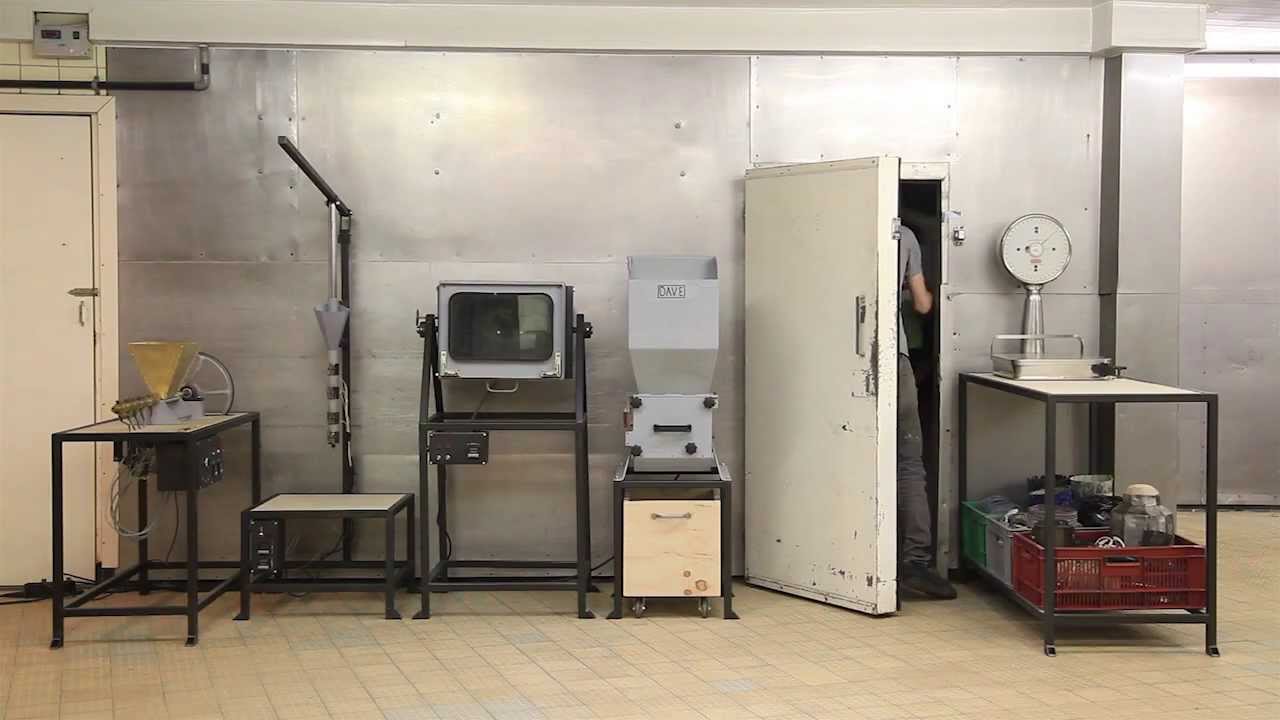
DIY plastic recycling workshops
With Precious Plastic, Dutch designer Dave Hakkens is on a mission to boost plastic recycling by providing the blueprints so everyone start their own local plastic workshop. Pretty crafty.
Why you love it
Josep Maria Sarri, Peace Boat: “Like Hakkens, I was shocked last year when I visited the Maldives. The island nation faces many serious problems. One of the main ones is the management of waste. It is incredible the amount of plastic you can see in some places. The plastic pollution is a huge problem everywhere. We need projects like this one to change things and make a difference.”
Leigh McAlea, TRAID: “This is close to the heart of TRAID’s own work to reuse unwanted clothes. We like how it redefines ‘waste’ as a precious resource. It empowers people to recycle plastic themselves by scaling down the technology for anyone to use – designed to be as accessible as possible to as many people as possible.”
1. Hippo Water Roller Project, South Africa
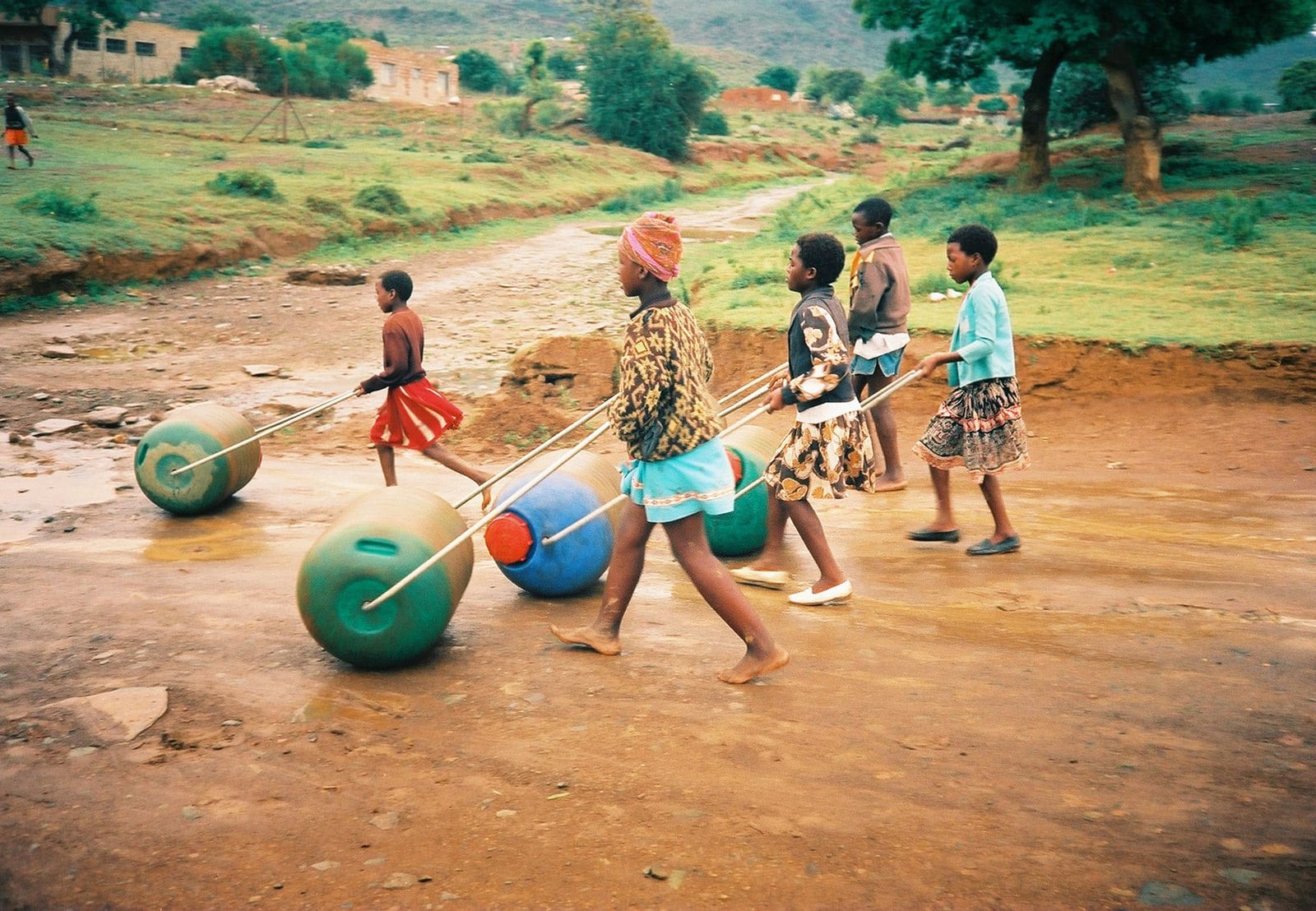
Water on wheels in Africa
Best Atlas project of 2016… so far
Proving an idea doesn’t have to be complicated to be useful, the Hippo Water Roller is our most popular project with other project leaders. Precious Plastic‘s Dave Hakkens and CEOs from Livin Farms, BeeHex and 3 Million Club were all amazed by the innovative simplicity tackling such an important issue. Designed in Africa for Africa, the roller enables water collection by rolling it along the ground – freeing up more time for education, household tasks and food production.
Why you love it
Jay Ives, BeeHex: “This project excites us because it shows the incredible impact when properly leveraging technology to solve global issues like providing safe, clean drinking water to rural communities in Africa. As a food tech company, BeeHex looks for inspiration from movements like this to find ways to further improve the quality of life to our consumers.”
Chamutal Afek-Eitam, CEO 3 Million Club: “Hippo Water Roller aligns with the 3 Million Club’s belief that lifesaving products should to be affordable and locally produced, distributed and owned. It’s a simple product with a huge impact on the daily lives of local populations. We want to see it evolve and reach the highest mountains.”
Want more projects? Check out the Best of the Atlas 2015 and these innovative projects for lasting social good submitted by you. Inspired? Submit a project here.
